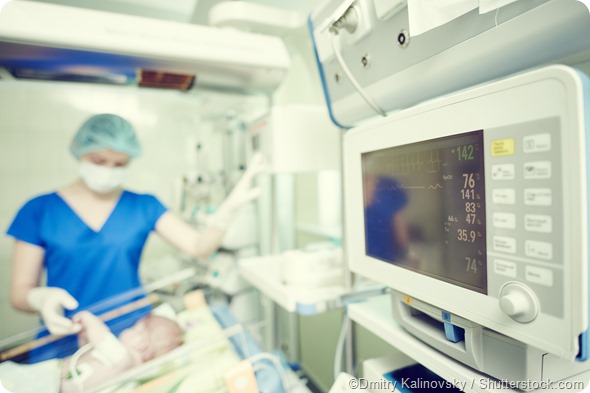Post-traumatic stress disorder (PTSD) is defined according to ICD criteria as a prolonged reaction to some event or situation which caused stress or a threat of catastrophic proportions. This level of threat is perceived by the patient or others, and is significant enough to produce dramatic distress.
The DSM-IV criteria diagnose a person with PTSD as developing a disturbed perception of oneself and of the world, as a result of severe threat or danger of physical injury or life, the life and/or health of another or one’s own. The severity of the syndrome is the result not only of the trauma or endangered physical integrity, but the patient’s reaction to it as involving helplessness and fear.
Many studies have concluded that childbirth is a major life event and also a major cause of PTSD, either clinical or subclinical. The stress and trauma associated with one specific delivery may cast its shadow on the future, with a negative impact on mother-infant bonding. It may reduce the possibility of further pregnancies and childbirths, mar marital relationships, and render both mother and children in need of further health services.
Some stressors associated with the development of PTSD include a sudden necessity for a Cesarean section, or medical difficulties in regard to the infant. The lack of support, communication, and resulting feelings of powerlessness make a major contribution to this syndrome.

Prevalence
PTSD stemming from childbirth trauma is estimated to affect 1-21% of all women, depending upon the period of study and the population. Some tools used to evaluate the incidence and prevalence of this condition include the Life Stressor Checklist-Revised (LSC-R) and the Posttraumatic Stress Diagnostic Scale (PDS). Both complete and partial PTSD have been reported to occur postpartum.
Causes
While almost 1 in 2 women have said that they had experienced some trauma associated with birth, only a small number developed PTSD as a result.
Some specific associated factors have been identified, including:
- sadness or anxiety during a past pregnancy or delivery
- a very difficult past childbirth
- expressing a strong desire to deliver by Cesarean section in future deliveries
- the occurrence of emotional crises during pregnancy
- prenatal depression
- increased fear of childbirth
- expectation of greater pain intensity
Symptoms
The symptoms associated with PTSD are grouped into three:
- Intrusion - a term which refers to repeated vivid though unwelcome memories of the traumatic experience, including flashbacks, dreams, and troubled associations with the memories
- Avoidance or numbing - this refers to the patient’s conscious avoidance of all situations or triggers which recall the trauma, or developing a shell to avoid reacting to such triggers
- Hyperarousal or overreacting - the patient with PTSD develops strong symptoms of mental and emotional arousal, such as irritability or inability to sleep well
Women with PTSD have also presented with postpartum depressive symptoms.

Treatment
Several approaches are used to treat PTSD. These include psychotherapy, support groups, antidepressant medications, and in some cases, a watch-and-wait policy if symptoms are mild and seem likely to resolve without active intervention.
References
- https://www.ncbi.nlm.nih.gov/pmc/articles/PMC4168363/
- https://www.ncbi.nlm.nih.gov/pubmed/26399873
- http://www.nhs.uk/conditions/post-traumatic-stress-disorder/Pages/Introduction.aspx
Further Reading